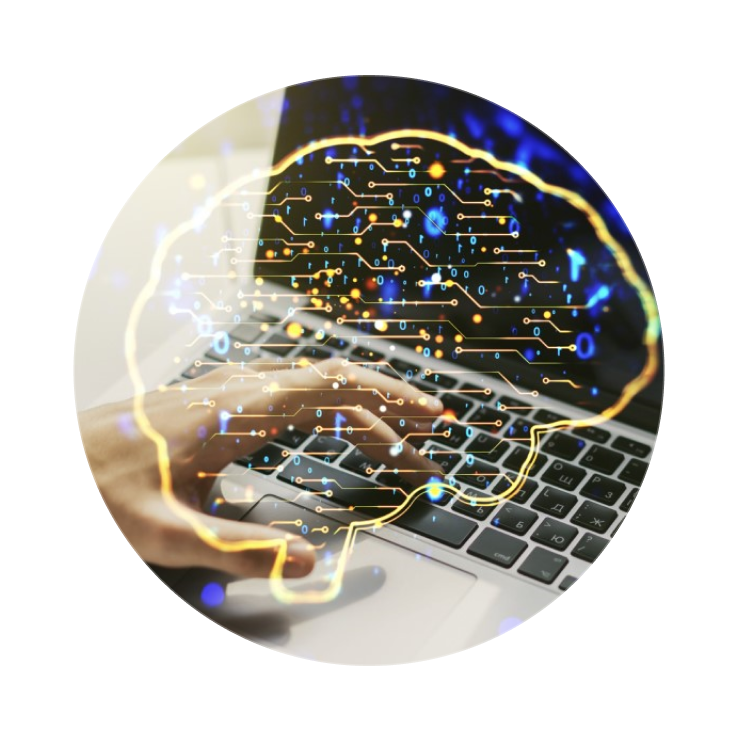Machine Learning (ML) is no longer a futuristic buzzword—it’s powering the tools and technologies we use every day. From personalized recommendations and voice assistants to fraud detection and self-driving cars, ML is at the heart of modern innovation. But what does it actually take to learn machine learning?
If you’re considering entering the world of ML, here’s a breakdown of the key concepts, skills, and tools you need to know to become proficient in this exciting field.
1. Mathematics Fundamentals
Machine learning is built on a strong foundation of mathematics. While you don’t need to be a math genius, you should have a solid grasp of:
-
Linear Algebra: Vectors, matrices, eigenvalues—critical for understanding data structures and algorithms like PCA or neural networks.
-
Calculus: Especially partial derivatives and gradients, important for optimization and training models.
-
Probability and Statistics: Essential for understanding uncertainty, statistical tests, distributions, and probabilistic models like Naive Bayes.
-
Optimization: Algorithms like gradient descent are central to training ML models efficiently.
2. Programming Skills
You’ll need strong programming skills to implement algorithms and work with data. The most commonly used language is:
-
Python: Thanks to libraries like NumPy, Pandas, Scikit-learn, TensorFlow, and PyTorch.
-
R: Preferred in statistical analysis and data exploration.
-
SQL: Useful for querying structured data from databases.
Familiarity with data structures (arrays, lists, dictionaries) and control flow (loops, functions) is also important.
3. Data Handling and Preprocessing
Before you can train a model, you need to prepare the data:
-
Data Cleaning: Handling missing values, duplicates, and outliers.
-
Feature Engineering: Creating new features from raw data to improve model accuracy.
-
Normalization and Scaling: Making sure features are on a similar scale.
-
Data Splitting: Dividing data into training, validation, and testing sets.
4. Understanding ML Algorithms
There are three main types of ML:
➤ Supervised Learning:
-
Regression (e.g., Linear Regression, Decision Trees)
-
Classification (e.g., Logistic Regression, Support Vector Machines, Random Forests)
➤ Unsupervised Learning:
-
Clustering (e.g., K-Means, DBSCAN)
-
Dimensionality Reduction (e.g., PCA, t-SNE)
➤ Reinforcement Learning:
-
Agents learn by interacting with an environment (used in robotics and gaming).
Understanding when and how to use each type is key.
5. Model Evaluation and Validation
After training a model, you need to evaluate its performance using:
-
Metrics: Accuracy, Precision, Recall, F1 Score, AUC-ROC, RMSE
-
Cross-Validation: Ensures model performance is consistent across different subsets of data.
-
Confusion Matrix: For understanding classification errors.
-
Bias-Variance Tradeoff: To balance underfitting and overfitting.
6. Machine Learning Libraries and Tools
Familiarity with ML frameworks makes development faster:
-
Scikit-learn: Great for beginners; easy to use.
-
TensorFlow / Keras: For building deep learning models.
-
PyTorch: Popular among researchers for its flexibility.
-
XGBoost / LightGBM: For powerful ensemble models.
Also, tools like Jupyter Notebooks, Google Colab, and Git are essential for experimentation and collaboration.
7. Basic Understanding of Deep Learning (Optional but Valuable)
Deep learning is a subfield of ML using neural networks:
-
Neural Networks (ANNs)
-
Convolutional Neural Networks (CNNs): For image processing.
-
Recurrent Neural Networks (RNNs): For time-series and text data.
-
Transformers and NLP Models: For advanced language understanding.
Knowing deep learning gives you access to more advanced applications in AI.
8. Real-World Applications and Projects
Hands-on experience is vital:
-
Start with beginner datasets (Titanic, Iris, MNIST).
-
Join competitions on Kaggle.
-
Work on personal projects (e.g., movie recommender, spam detector).
-
Contribute to open-source ML projects.
This helps solidify learning and builds your portfolio.
9. Ethics and Responsible AI
As ML becomes more powerful, understanding the ethical implications is critical:
-
Bias in data and models
-
Fairness and transparency
-
Explainability of predictions
-
Privacy and data security
Being a responsible ML practitioner means not just building intelligent systems but also ethical ones.
Final Thoughts
Machine learning is a vast and evolving field, but getting started doesn’t require you to know everything at once. Begin with the core concepts—math, programming, and data handling—then gradually explore algorithms, tools, and real-world projects.

